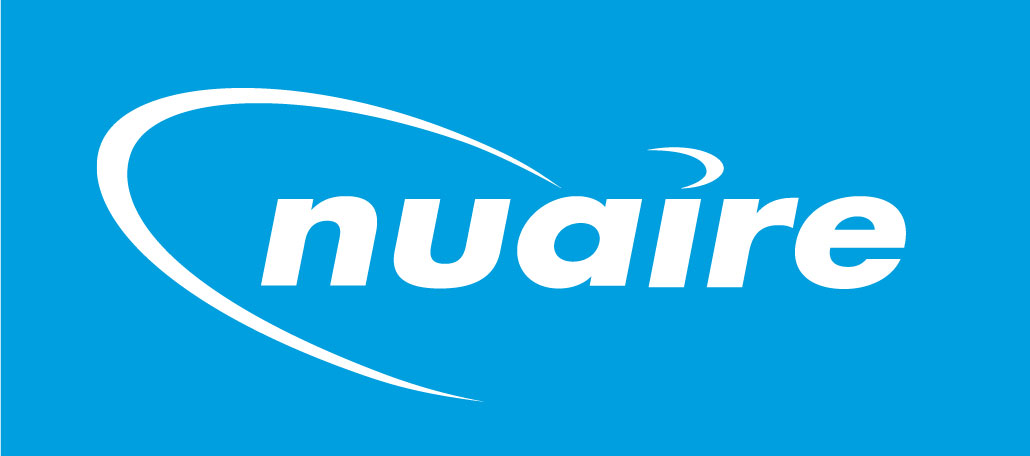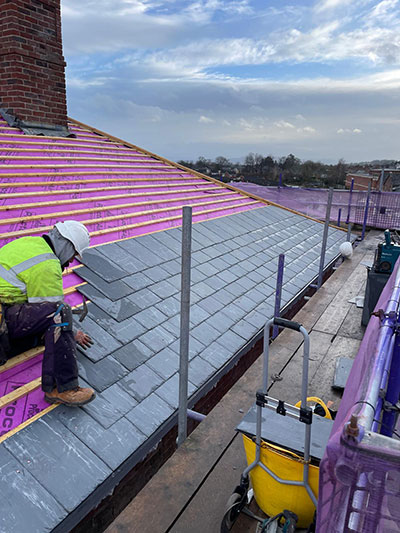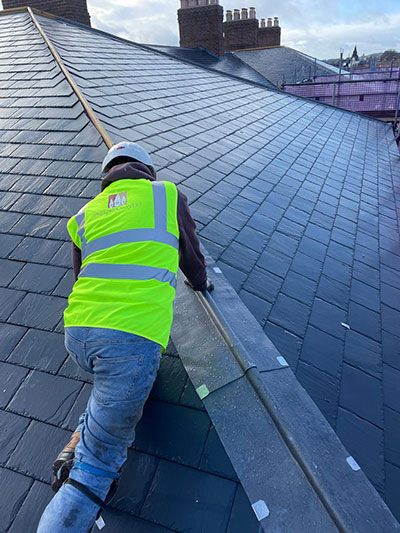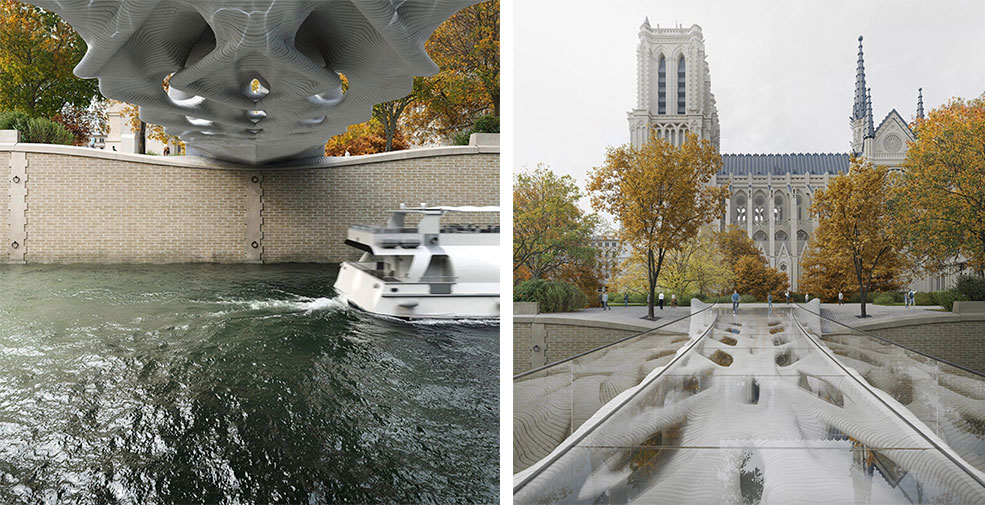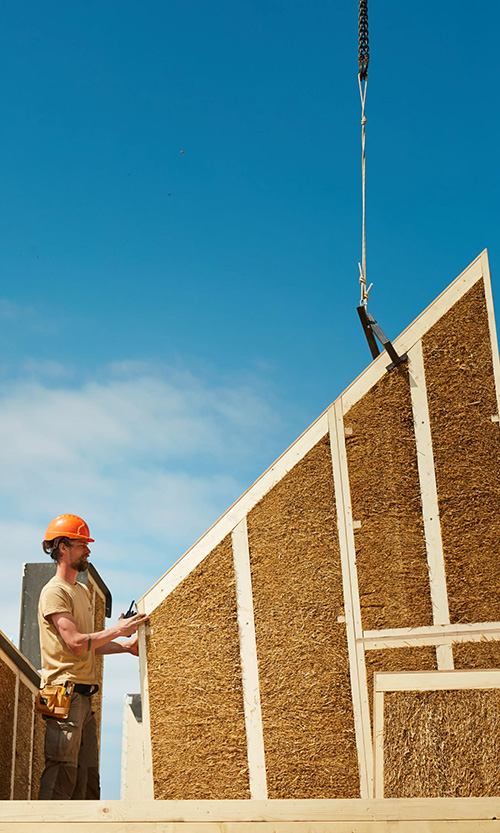UK ventilation manufacturer Nuaire will proudly be displaying its sustainability credentials at this year’s UK Construction Week at the NEC, Birmingham, 30th September – 2nd October, on stand D71.
With increasing emphasis being placed on reducing embodied carbon within mechanical, electrical, and plumbing (MEP) systems – which are estimated to account for around 23% of a building’s embodied carbon – Nuaire is leading the ventilation industry in its drive to substitute high carbon materials with more sustainable alternatives, without compromising performance, reliability, or indoor air quality.
Nuaire is the first UK ventilation manufacturer to switch to recycled and renewably produced XCarb® steel across its BPS air handling units and XBOXER XBC packaged heat recovery systems, the latter of which will be on display at UK Construction Week. This shift will result in a 64% reduction on the steel proportion of Nuaire’s SCOPE 3 embodied carbon activity within the first year alone, compared with the same steel manufactured via the conventional steelmaking route.
Similarly, plastics used in residential ventilation systems and ducting often rely on virgin fossil-based polymers. Nuaire has changed to recycled plastic for its ducting, which will also be displayed at the show, along with Ductmaster Thermal all-in-one thermal ducting solution Nuaire’s metal air brick range for use in high-rise residential buildings.
In line with the sustainability theme of Nuaire’s stand at this year’s UK Construction Week, the latest evolution in Nuaire’s Drimaster-Eco Positive Input Ventilation (PIV) unit will be revealed. Highly effective at preventing condensation dampness, PIV technology was invented by Nuaire over 50 years ago, and continues to be developed for greater efficiency and sustainability. With Awaabs Law coming into force on the 27th October in the social rented sector, and being extended to the private rental sector, Drimaster remains a highly effective solution for landlords to prevent damp and mould.
Of course, ventilation doesn’t just protect against damp and mould, it is effective in addressing overheating, a more modern day issue to be found in many urban high-rise new builds. Nuaire will be showing its Hybrid Cooling System at UK Construction Week, which has been designed to tackle residential overheating in properties where window openings are limited and insufficient to naturally ventilate excess heat. The Nuaire Hybrid Cooling unit works in tandem with its MRXBOX MVHR. It activates when indoor temperatures exceed a threshold—typically 23°C—and introduces pre-cooled fresh air to help maintain occupant comfort.
Also on display at this year’s UK Construction Week will be Nuaire’s Faith-Plus from decentralised mechanical extract ventilation (dMEV) fan, designed to provide Building Regulations compliant continuous background extract ventilation for social housing.
Providing customers with a true breadth of ventilation solutions and expertise, whether it be the residential new build sector, social housing or commercial applications, Nuaire ventilation systems are renowned for saving energy and improving indoor air quality.
Nuaire is part of the Genuit Group of businesses which serve the construction industry.
CLICK HERE for information on Nuaire
VISIT us atstand D71 at UK Construction Week
CLICK HERE to register for UK Construction Week

